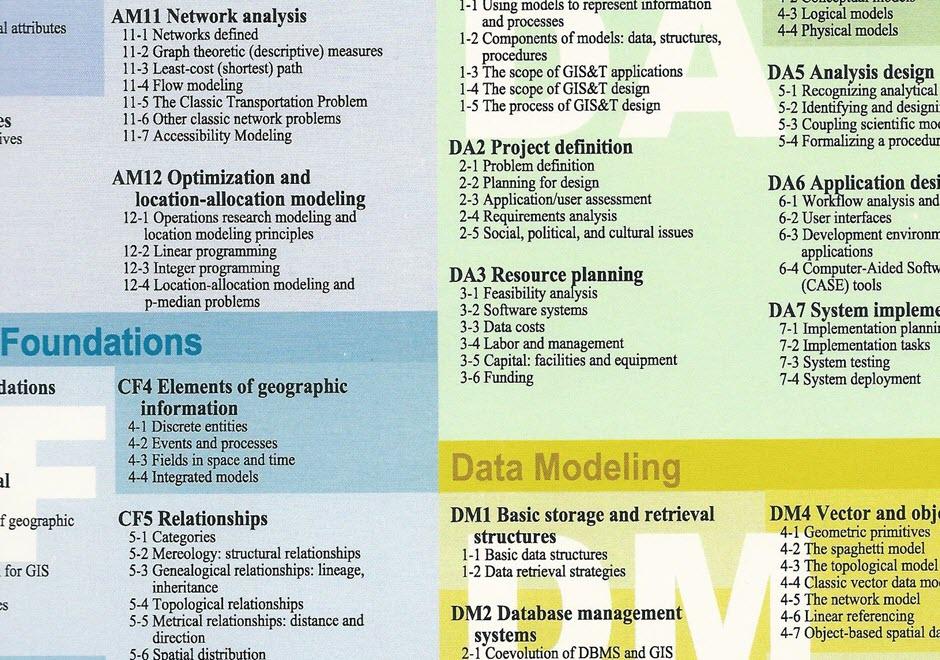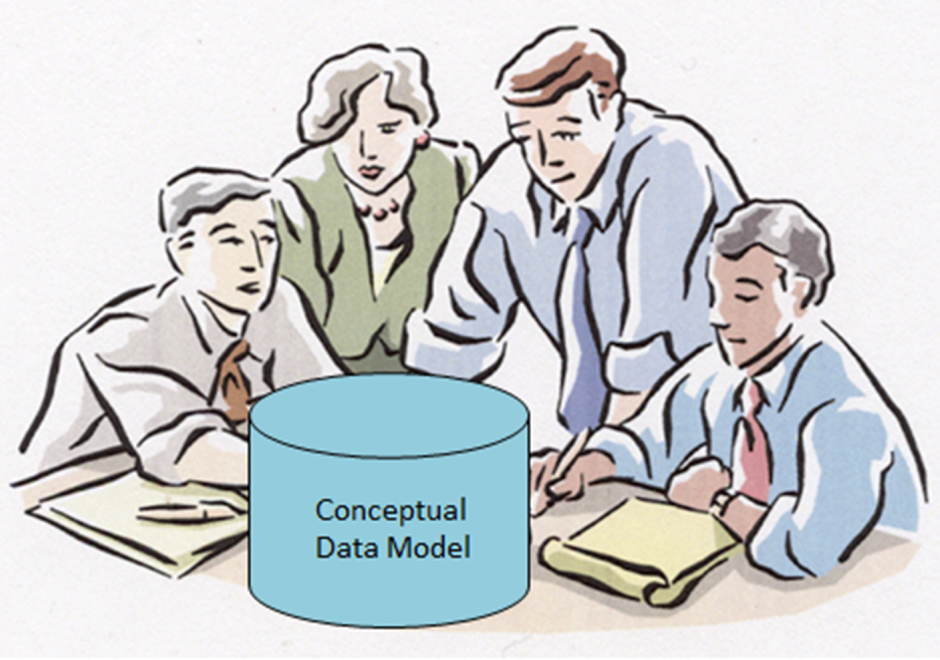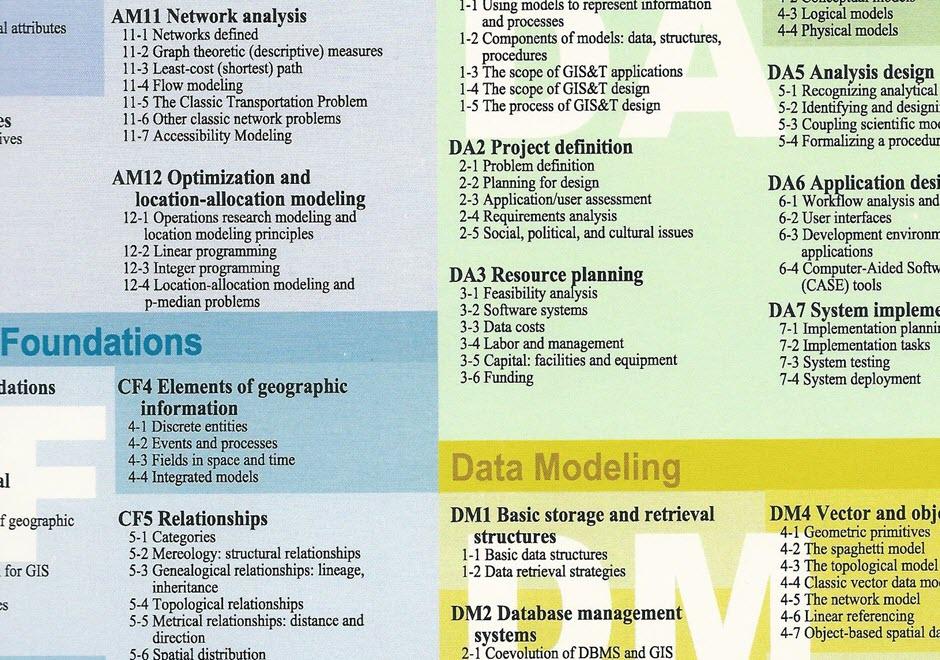GS-17 - Common-sense geographies

- Identify common-sense views of geographic phenomena that sharply contrast with established theories and technologies of geographic information
- Differentiate applications that can make use of common-sense principles of geography from those that should not
- Collaborate with non-GIS experts who use GIS to design applications that match commonsense understanding to an appropriate degree
- Effectively communicate the design, procedures, and results of GIS projects to non-GIS audiences (clients, managers, general public)
- Evaluate the impact of geospatial technologies (e.g., Google Earth) that allow non-geospatial professionals to create, distribute, and map geographic information



CV-11 - Common Thematic Map Types